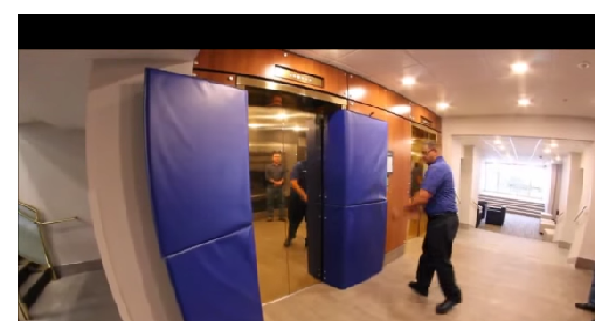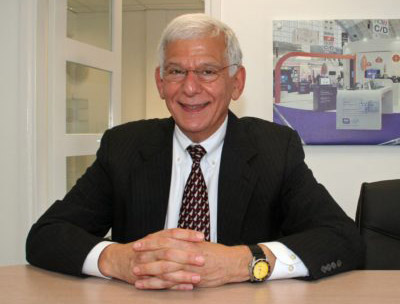When I started my moving company in 1976, I learned early on that recommendations to tenants by building managers produced the best referrals, and a building manager was not likely to recommend a mover that damaged office building surfaces. I saw that most movers had a poor relationship with these people and some were even banned from doing moves in their buildings. I found that regardless of whether they recommended or badmouthed a mover, it was a fact; tenants respected and listened to their advice.
Therefore, it was no accident that building managers recommended my moving company. As part of our marketing program, we made a concerted effort to minimize the trauma and disruption in their buildings during a move. We required our movers to be polite and quiet, forbad them to smoke, and made sure that they didn’t trash the bathrooms or use the buildings’ dumpsters for our discarded boxes and packing materials.
Perhaps most responsible for the recommendations, however, was the way we protected building surfaces. Damage to office building surfaces is expensive to repair if it can be repaired. In every estimate we included the cost of installing and removing extensive protection for doors, doorjambs, walls, and floors.
Recognizing the power and influence of the people who manage office buildings gave us a competitive edge, so we set out to become their most well-liked mover. Our goal paid off with incredibly positive results. When tenants talked to their building manager first, many turned into our clients, and often before we gave them an estimate. Many times, we were their only bidder. To complement our movers’ good behavior, we minimized the risk of damage to the office building by using the most extensive and latest state-of-the-art building protection products on the market and communicated our commitment to the building manager.
Under our new marketing program, we scheduled an extra half hour per estimate so that sales personnel could drop in and visit a building manager. To prepare thorough and accurate estimates, we typically visited both the destination and the origin, thereby meeting the managers at both buildings. During our brief visits, we made sure to leave a copy of our Certificate of Insurance and showed the manager pictures of our building protection pledge in action. We explained how we protected carpets, walls, and door jambs.
Overtime I personally developed a stellar relationship with most of the building managers in our market. A few years before I sold my company, some of them told me I should develop a way to protect the lobby side entrance leading into their passenger elevators since they were so susceptible to damage. Not perceiving the need, I jokingly told them to take their elevator cab pads and nail them to the outside lobby entrance.
It wasn’t until after we had a major damage claim during a move that I finally took their advice seriously. The sharp edge of a heavy file cabinet dented an elevator entrance frame when it slipped off the dolly while being pushed over the threshold into the elevator cab. The frame could not be repaired and cost nearly three thousand dollars to replace.
Coming up with an idea was not easy. I initially stuffed vinyl panels with inflatable air mattresses and fastened them to the elevator cab entrance with suction cups. The concept worked but the device was not “user-friendly.” It took too long and required too much effort to set them up.
Finally after two years of failures, I stumbled upon the perfect solution that I named Mat-A-Door®. The device has two high-density foam panels and plastic sheets covered with heavy-duty vinyl. They’re simple to install, lightweight, easy to carry and store, and waterproof. Not only do they protect the outer frame and adjacent walls of passenger elevators, but they double as bump and bang protection for main lobby glass entrance doors as well as fragile reception room doors.
Be sure to join our Group at https://www.linkedin.com/groups/12060567
For more information on our online office moving training, please visit www.officemoves.com/training/index.html or call Ed Katz at 404.358.2172.










